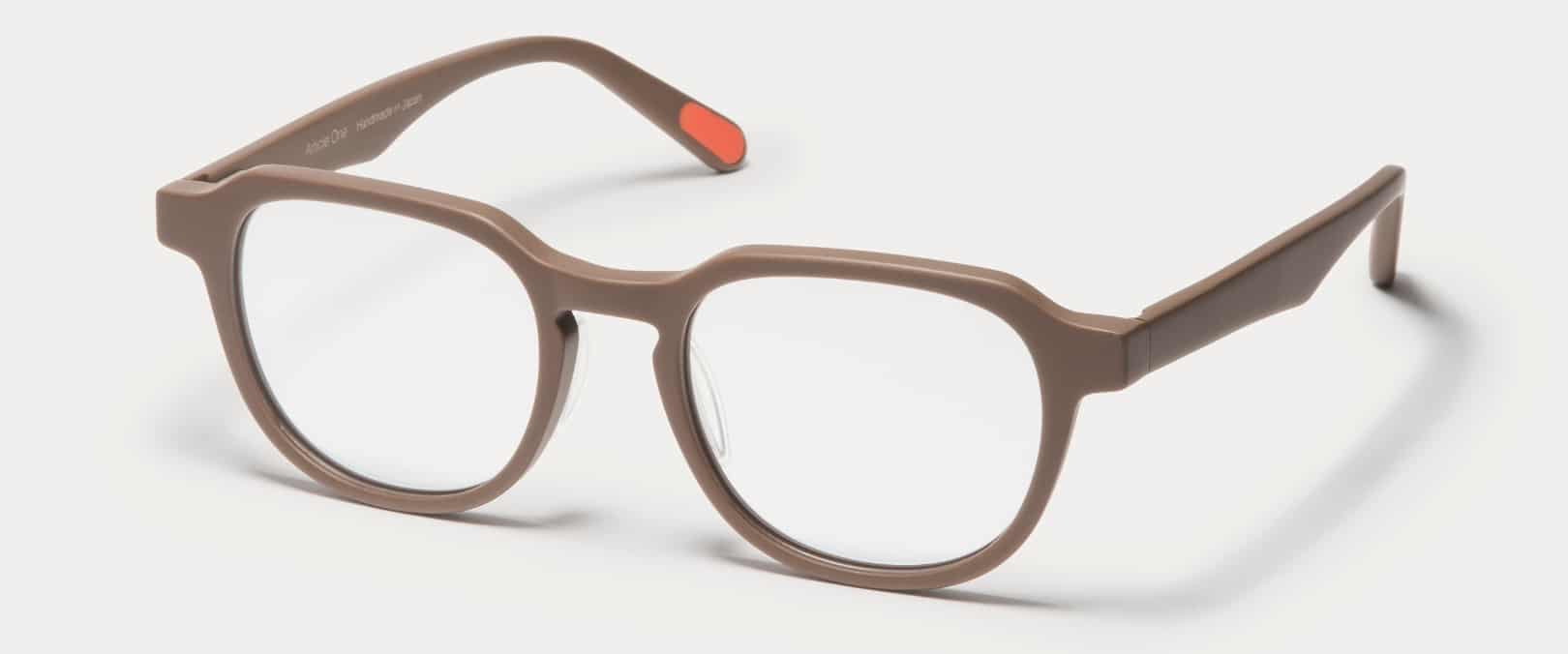First 3D Printed Human Corneas
Friday, June 29 2018 | 09 h 31 min | Vision Science
A low cost technique of creating human corneas could be used to ensure an unlimited supply of transplants.
Ten million people worldwide require surgery to replace damaged or scarred corneas, but there remains a significant shortage of available transplants.
A paper published in Experimental Eye Research reports a method of creating “bio-ink”, a mixture of human corneal stroma cells (stem cells) from donor corneas, alginate and collagen.
Using a bio-printer (a 3D printer designed to create biomedical parts that imitate natural characteristics) researchers at Newcastle University extruded this corneal cell bio-ink into concentric circles to form the shape of a human cornea. The printing process is approximately 10 minutes, and the corneal cells then grow within this printed structure.
“Our unique gel keeps the stem cells alive whilst producing a material which is stiff enough to hold its shape but soft enough to be squeezed out the nozzle of a 3D printer,” says Che Connon, Professor of Tissue Engineering and co-author on the study. “Now we have a ready to use bio-ink containing stem cells allowing users to start printing tissues without having to worry about growing the cells separately.”
By measuring the dimensions of the patient’s eye and using that data in the printing process, the new cornea can match the exact size and shape needed for each patient.
Photo: Study co-authors Dr. Steve Swioklo and Prof Che Connon
More information: https://www.ncl.ac.uk/press/articles/latest/2018/05/first3dprintingofcorneas/








